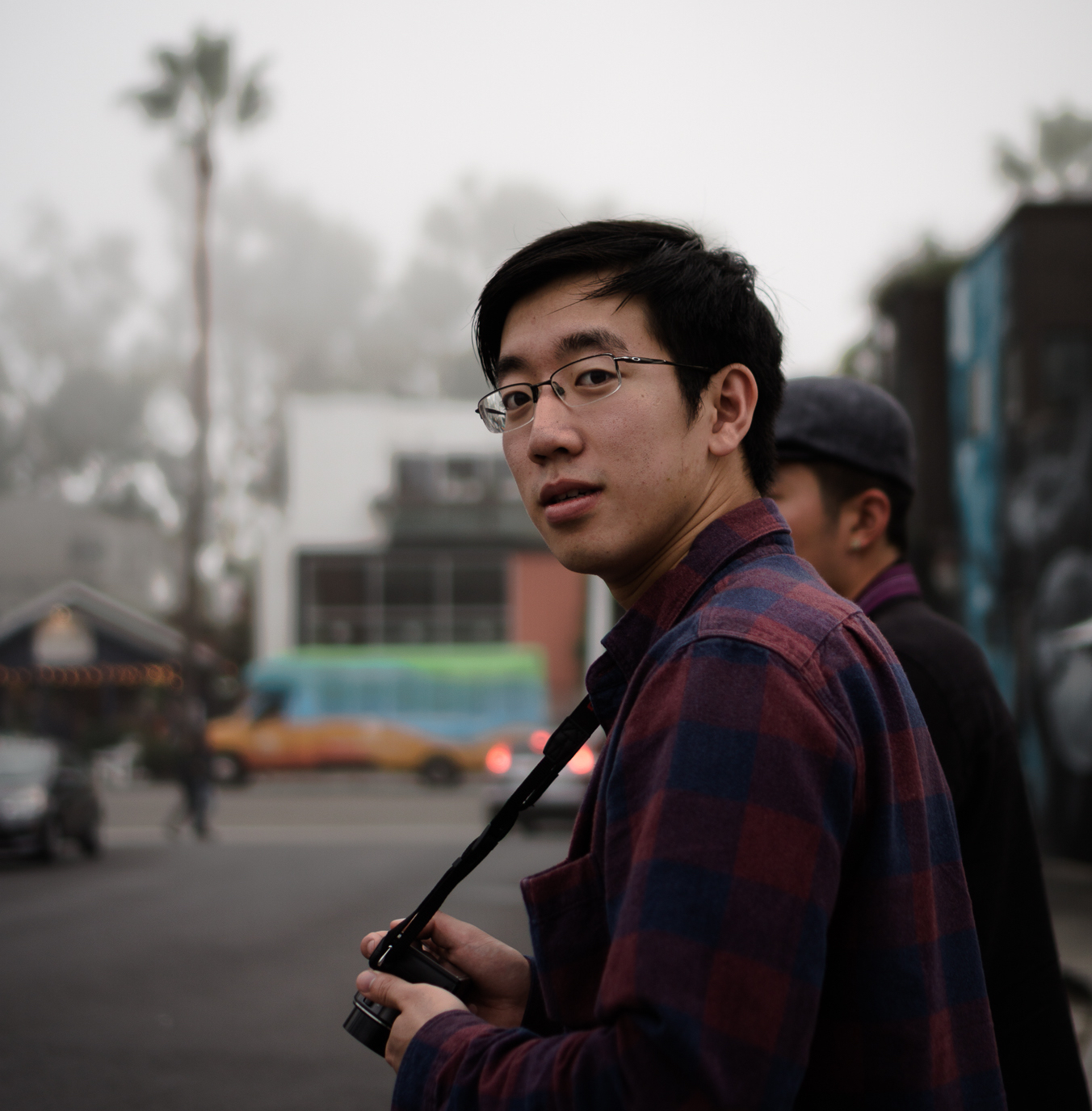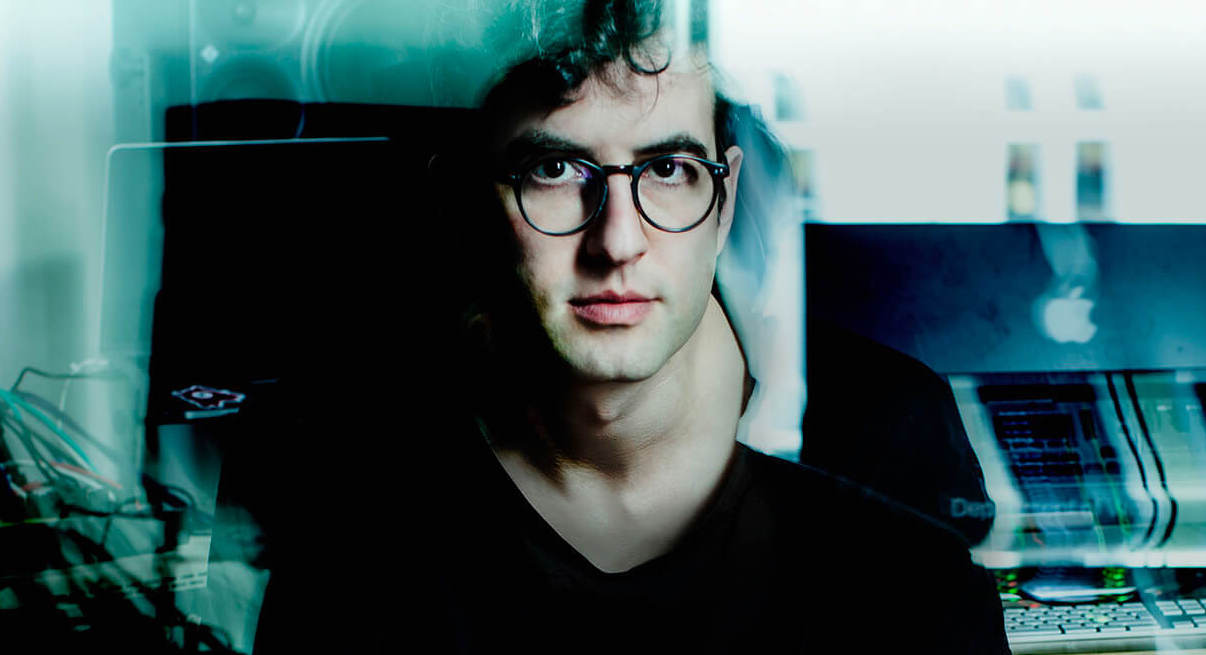To those who follow the ever expanding frontier of experimental electronic and techno music or who have dug into or even experienced cutting edge audio-visual performance, names like Richie Hawtin, Derrick May, and nowadays Max Cooper may sound familiar. These people are some of techno’s most influential figures, pushing the limits of technological and musical imagination. With roots dating back to Erik Satie and classical music in the 1890’s, electronic dance music, specifically techno, has evolved in parallel to our continually developing technology to become something more expressive and imaginative than many give it credit for.
The other week, I was looking into the talent on Max Cooper’s label, Mesh, and found that there was another man who is a scholar like the label’s founder. Nicolas Bougaieff, a consummate music polymath and successful engineer turned businessman, wrote his PhD thesis on minimal techno, a sub-genre of EDM I’ve become increasingly fond of as of late. There aren’t many people who have a background like his, and even fewer people have gone so far as to writing a thesis on the relationship between art and science. Intrigued, I found a pdf online and got to it.
Projecting Time: ~6 hours to read. 1 hour for blog post.
An Approach to Composition Based on a Minimal Techno by Nicolas Bougaïeff
As noted in the first paragraph of the Abstract, Bougaieff’s thesis aims to answer one question: What is the musical and social significance of minimal techno production and performance? An open-ended question, he defends his position by drawing on his professional experiences as a technologist, musician, and philosopher, his recounts guiding us towards his discoveries. This paper is an easy and entertaining read and is littered with historical and music production gems that brightly contrast the academic prose. Certainly one of the more autographical theses published, this paper is a necessary testament to the growing relevance, or even reliance, of technology in music.
Many Quotes and Anecdotes
I was going to write a review/analysis on the paper, but I’m writing this late on a Sunday night and was diligent about saving snippets of the paper. They are mainly sections I felt articulated the relationship between music and technology well or displayed a refreshing or thought-provking perspective.
- “The feeling of a journey depends less on harmonic sequences, and more on development within other musical parameters, such as melody, rhythm and timbre.”
- “Minimalism in EDM is known today under the umbrella term minimal, a designation that should not be confused with minimal techno.”
- “A software-based setup removes many of the logistical, technical and financial problems associated with hardware studios and performance setups.
- “For these reasons, both speed and accuracy, we learned that a multi-touch music controller should allow only one type of gesture per area. Consequently, the only gesture available in the clip grid is a tap to trigger a clip or a stop button.”
- “The software was acting as an interface between man and machine, with our aim being to make this relationship seem as direct and unmediated as possible.”
- “The DJ plays the role of guide, leading dancers through the peak-experience of this relationship.”
- “She writes: “Not only do dancers give themselves up to the machine metaphors of the music; there is also a self-absorbed masculine pleasure in taking control over this cyborg relationship, as DJs, producers and programmers” (Ibid, p. 56).”
- “The gestures of his hands are extended into the machines using our software, in an instinctive fashion that enables invisible networks of notes and beats to feel as though they are emerging directly from Hawtin’s hands. His abilities as a human being are extended by virtually attaching drum machines and synthesisers to the ends of his arms.
- “These technological developments are usually hidden from the audience in order to make the interface between machine, man and audience seem invisible and effortless.”
- “Every single Plastikman track can be seen as a snapshot from a continuous process. A recording from a particular show is a fixed artefact, whereas the performance setup is a set of tools that allow an infinite number of performances. Plastikman Live presents an interesting balance between pre-composed materials and live recombination.”
- “Attali’s comprehensive history of Western music considers music not only as a reflection of power structures, political ideology and economic organisation, but as a precursor of changes within those aspects of society. He proposes that a music system, an intangible domain of pure signs, can be explored to the limits of its boundaries much more quickly than the tangible systems of economics and politics, which must organise physical objects and people. Therefore, he proposes, developments in musical activity often foretell changes in larger structures of society.”
- “To say that there is music, do you think it’s necessary to bring pantomimes to defined area, to sound bells and play drums? Keeping your word is a ceremony. Acting without effort or violence, that is music. - Confucius”
- “Nowhere can you modify the laws of music without simultaneously modifying the most important civil dispositions.”
- “The physical layout used for a Plastikman show or an event hosting a Richie Hawtin DJ set is reminiscent of a spiritual gathering, a gigantic crowd is amassed in front of an elevated temple-like platform upon which a priestly caste and its assistants work, and the crowds of people answer the call to assembly and gather so that all of them together can get out of their minds and into their bodies.”
- “All other musicians, pianists or rock musicians, they all went on to the stage in front of the people and played. They were always the centre of attention. That is what it was built upon. Our music wasn’t like that. Look at any of the music journals about electronic music in the nineties. It was always called techno the faceless music.”
- “At the roots of minimalism, there is a synchronicity between the development of technology and musical aesthetics.”
- “there is no art form better at conveying that complexity of experience than music. No genre of art music is more concerned with interpenetrated extremes of temporality than pulse-pattern minimalism”
- “I propose that global techno production can be seen as an exaggerated reflection of the structures of mass production and mass consumption. This relationship between music and ideology is enabled by the digital revolution.”
- “As the brute acquisition of data loses its appeal, the ability of the individual to filter the global chatterbox according to a set of personal preferences becomes of central importance.”
- “It is up to the individual producer to create and to improvise not only music, but also music-making tools.”
- “Techno was a music where, unlike an orchestra or a rock band, you “get some new equipment, close the door and fuckin’ fiddle around and find out what’s inside of you and how that comes through that technology””
- “Now that the tools of industrial music production are available to all, the opportunity has arisen to not only observe but to actively participate in the changing relationship between people, music, money and technology.”
- “This ritual showed me that music-making, as a daily practice, could provide meaning to life and be its own reward.”
- “It can be seen as an expression of the DJ taking pleasure in controlling machines and subsequently mediating dancers’ relationship to technology.”
- “Negotiating a cyborgian relationship with technology through software, rather than through hardware, is a quantifiable step in the process by which computers, once gigantic devices filling an entire room, become invisible extensions of our bodies and minds”
- “Musical structures such as those found in minimal techno allow us to explore deeper, more significant relationships with technology, to let machines further into our psyche, and to reduce fear and mistrust associated with the inorganic.”
- Minimal techno is a dance between artist and machine, as much as a dance between artist and audience, and audience and machines. The way we interact with each other, through machines, is directly related to the way we interact with machines themselves.
Cover photo: Photo of Nicolas Bougaieff courtesy of Barbur Room



